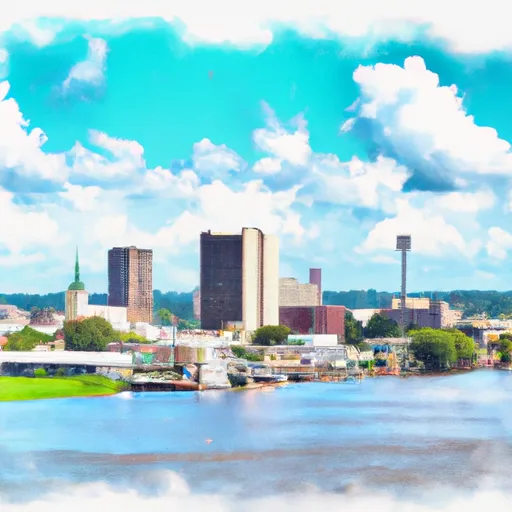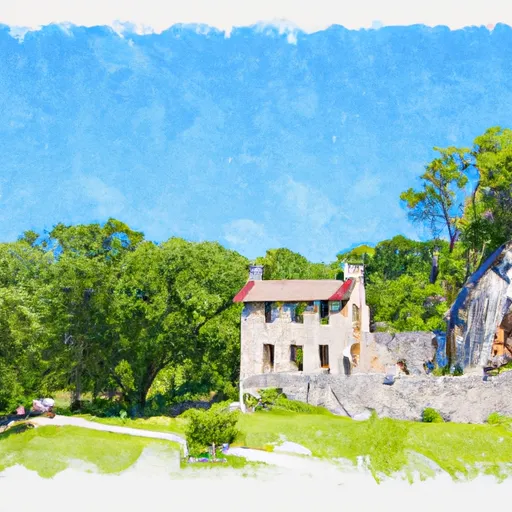°F
°F
mph
Windspeed
%
Humidity











Lisbon, Louisiana is a charming town located in Claiborne Parish. Known for its warm and humid climate, Lisbon experiences hot summers and mild winters. Summers are characterized by high temperatures averaging around 92°F (33°C), while winters are generally mild with temperatures averaging around 51°F (11°C). The area receives an average annual rainfall of about 57 inches (145 cm), which contributes to the region's lush vegetation and vibrant greenery.
Lisbon is surrounded by beautiful natural landscapes, with its outdoor recreation opportunities being a major draw for visitors and residents alike. The town is situated near the D'Arbonne National Wildlife Refuge, providing ample opportunities for hiking, bird-watching, and wildlife observation. The refuge's numerous lakes and waterways, including D'Arbonne Lake, attract fishing enthusiasts looking to catch bass, crappie, and catfish.
Moreover, Lisbon's proximity to the Bayou D'Arbonne Water System offers additional opportunities for outdoor activities such as boating, kayaking, and canoeing. Whether exploring the refuge's trails, fishing in the lakes, or enjoying water sports, Lisbon provides a range of exciting outdoor experiences for nature enthusiasts to enjoy.
Weather Forecast
Lisbon receives approximately 1396mm of rain per year, with humidity levels near 78% and air temperatures averaging around 18°C. Lisbon has a plant hardyness factor of 8, meaning plants and agriculture in this region tend to thrive here all year round.
Regional Streamflow Levels
104
Cubic Feet Per Second
158
Cubic Feet Per Second
277
Cubic Feet Per Second
84
Cubic Feet Per Second
Nearby Camping
| Camping Area | Reservations | Toilets | Showers |
|---|---|---|---|
| Valentine Lake South Shore | |||
| Cotile Rec Area | |||
| Colfax Rec Area Campground | |||
| Oak Camp Complex | |||
| Coyote Camp Complex | |||
| John Blank Sportsman Park |



